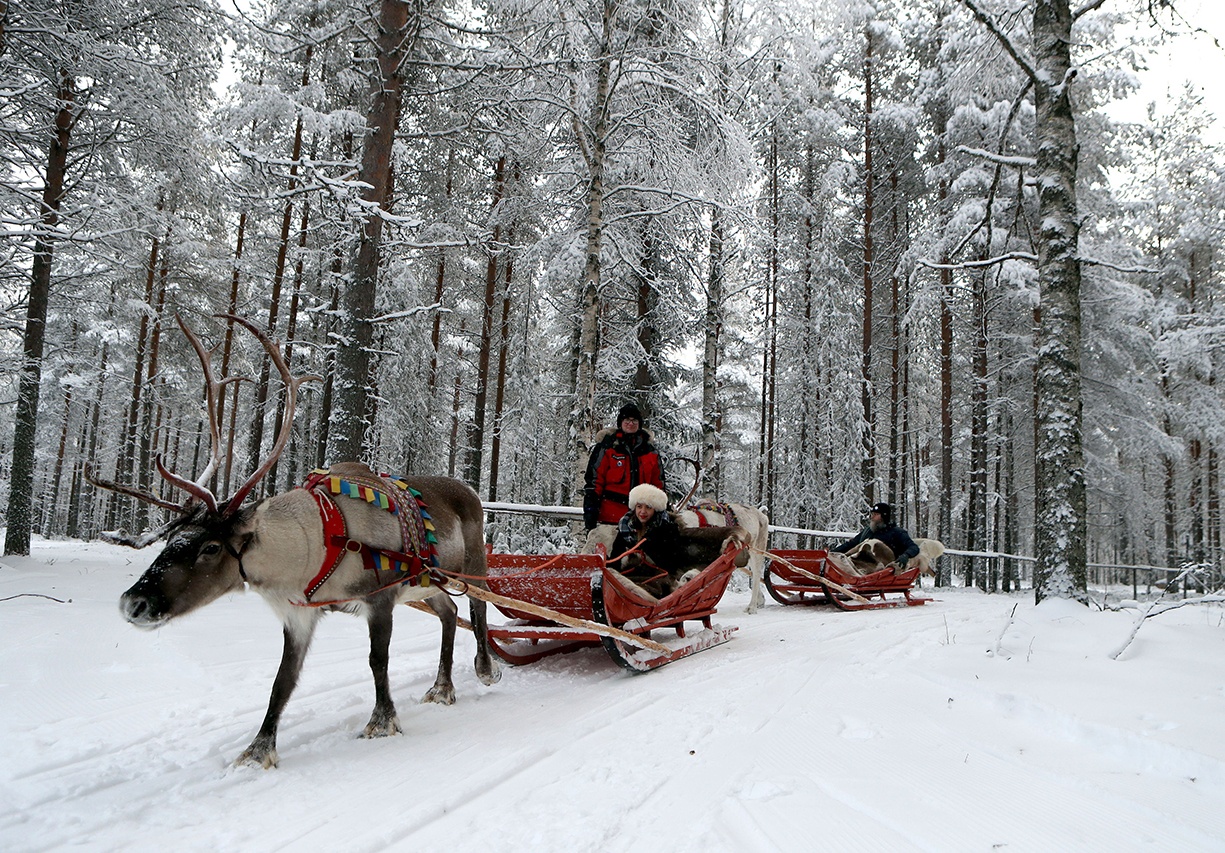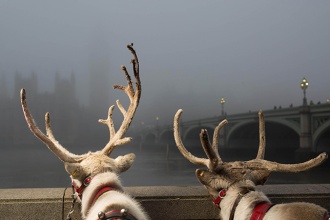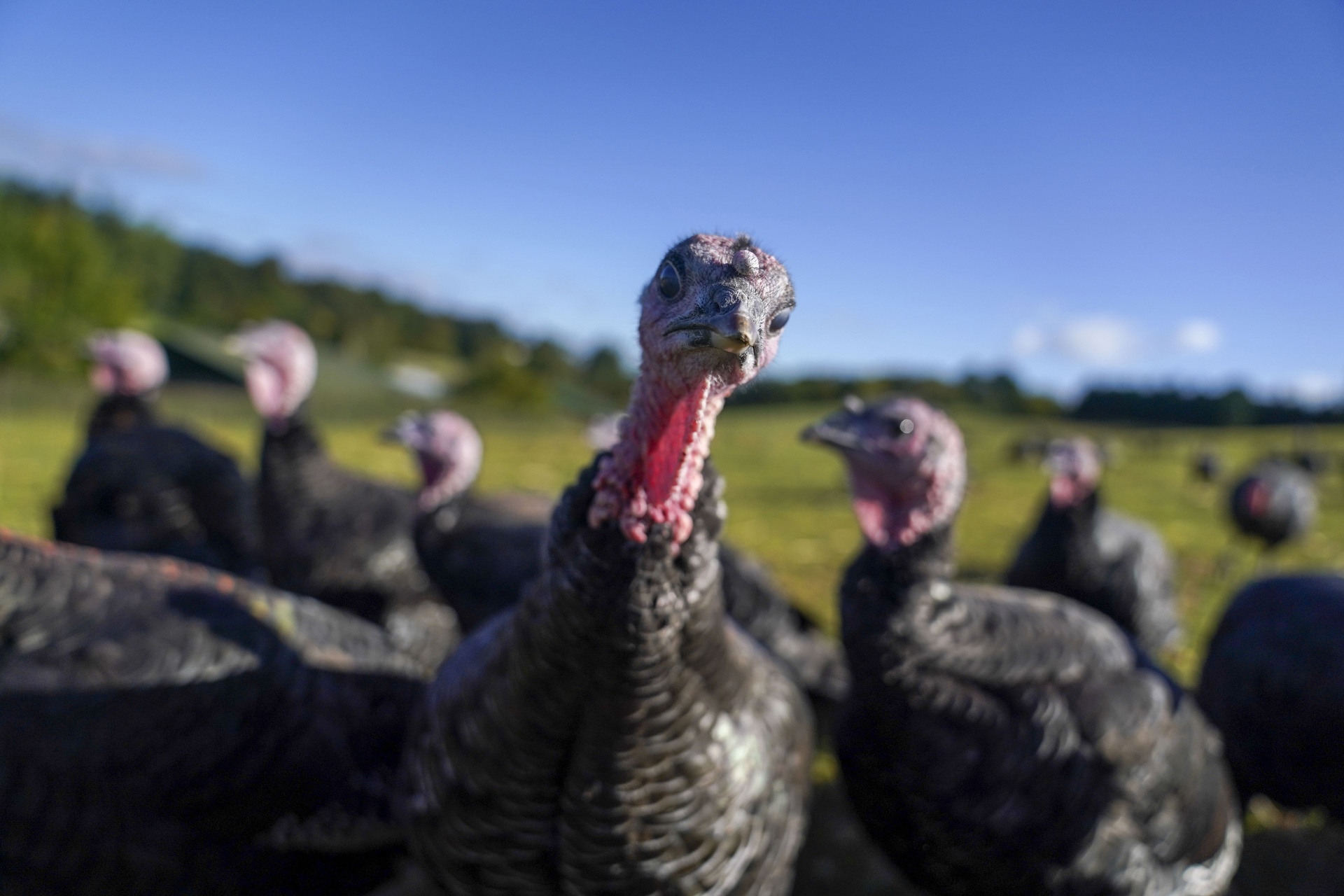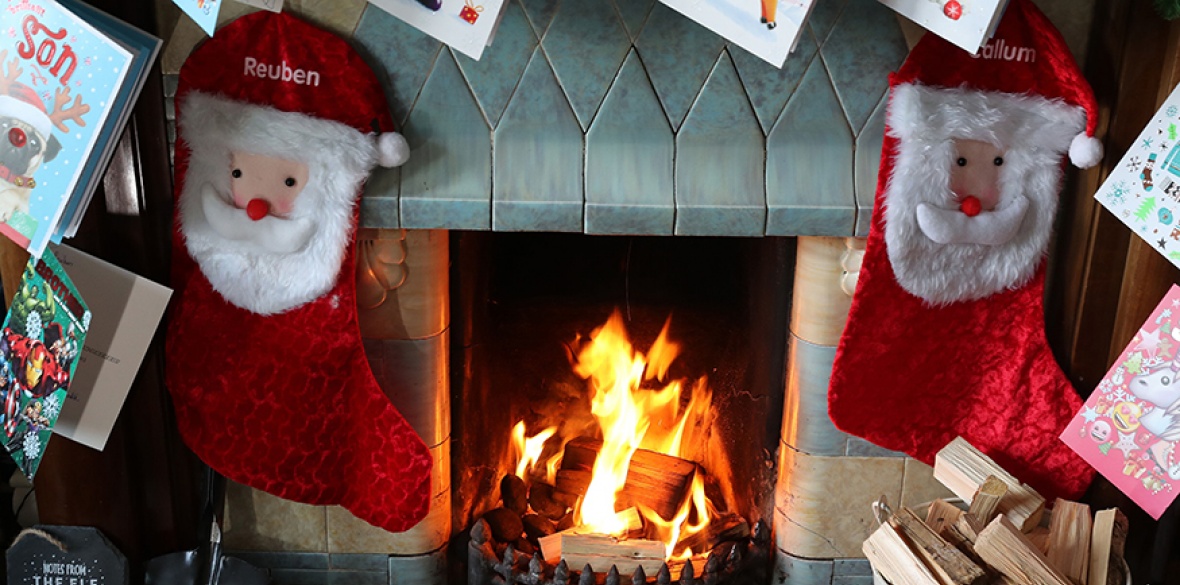This is the last article you can read this month
You can read more article this month
You can read more articles this month
Sorry your limit is up for this month
Reset on:
Please help support the Morning Star by subscribing here
I AM firmly of the opinion that mistletoe should become the symbol plant of the Tories, rather like Labour’s red rose.
Why mistletoe, I hear you ask. Well, it is of course a total parasite. It contributes nothing at all to the trees or orchards it hangs about in, merely sucking the goodness from its host trees. Totally Tory.
It has a scruffy growth habit like uncombed blond hair. But most importantly, it is always there as an essential ingredient of the atmosphere of cheeky adulterous fun at secret Westminster parties — sorry, cheese and wine business meetings.

Mistletoe species grow on a wide range of host trees, some of which experience side effects including reduced growth and stunting. A heavy infestation may also kill the host plant. Our native mistletoe is toxic, including to humans, but although the effects are unpleasant they are rarely fatal.
Mistletoe played a part in many ancient beliefs and cultures. The Romans associated the plant with peace, love and understanding and hung it over doorways to protect the household.
In the Christian era, mistletoe in the Western world became associated with Christmas as a decoration under which lovers would kiss, as well as with protection from witches.
Now to reindeer
I was with a Sami herder moving his herd of about a thousand animals from one exhausted pasture to fresh tundra with more new grown lichen and moss — the animal’s favourite diet.
Suddenly he drew my attention to a large female deer with an extended belly. Despite her heavy load she was keeping up with the herd which roam at eight to 20 miles an hour for many hours each day.
I fixed my eye on this female, she was keeping up with the herd. Suddenly from her hind parts a tiny head emerged. In just a few moments the rest of a baby deer had come completely clear.
Then the most amazing part, the baby dropped onto its four spindly legs into the snow and just kept on walking, without even a stumble behind his mother.
Mum kept walking too, but at the same time busied about her new offspring, biting through the umbilical cord and licking baby clean all without breaking her or the herd’s relentless pace. Truly amazing.
Herds of reindeer (called caribou in North America) can number between 10 animals and many thousand. In the wild they are always on the move searching out new grazing. They even swim out to offshore islands in search of food.
In spring the herds get even bigger, sometimes numbering as many as half a million animals.
The reindeer are susceptible to sunburn and will seek shade in road tunnels. A huge herd can block tunnels completely and many accidents are caused by drivers running into a herd of reindeer blocking the tunnel.
The natives of Lapland, the Sami, have practised traditional reindeer herding since the 17th century. It is a way of life.
Time is measured in the passing of the seasons and home is where the laavu — or tented camp — is set up on the migration trails. The reindeer is still a valuable resource for the Sami and it is difficult to imagine the Sami surviving without the reindeer.
In traditional herding, reindeer were used for food, haulage, clothing even trade with reindeer as a form of living currency.
Before the 17th century the Sami were able to live on wild reindeer for clothing and meat. They would have a few tame reindeer as draft animals pulling sleighs. The Samis’ needs were simple and they only took what they needed from nature.
The Samis’ way of life underwent major changes during the 17th century as a result of nation-building among the four regions they lived in — northern parts of Norway, Sweden, Finland and Russia. Each nation was fighting for territory and wanted to include the Sami as part of their population to help build the nation.
Reindeer-herding involved the entire family and often several families worked together and camped together. Women had as much of an equal role in herding as men and the children helped too.
The traditions and skills of reindeer herding were passed from one generation to the other.
The Sami are still nomads and home is the laavu, a grand portable family tent. The Sami live in the laavu for most of the year but some also have a more conventional house as well.
Did you know that all of Santa’s reindeer were female? The first written account of Santa Claus having reindeer was in 1821, and since then most people have assumed the reindeer were male — but scientists say those people are wrong.

Andrew Hebda, a zoologist and reindeer specialist at the Nova Scotia Museum, says that while both male and female reindeer have antlers, only the females have their antlers during the winter months.
“Being members of the deer family, the males grow their antlers a little bit earlier and just after mating season they drop off. So over a winter you’ll never see a male with antlers,” Hebda says.
Pregnant females use their antlers to dig through the snow in search for food, and lose them just before giving birth, he adds.
It’s most likely that Dasher, Dancer, Prancer, Vixen, Comet, Cupid, Donner and Blitzen and even Rudolph are all female.
Sadly modern science has nothing to say about reindeers flying. But if you usually leave out food for them and a stiff drink for Santa — don’t.
Hebda says mince pies are not a good choice for the reindeer, and he added carrots may also be too rich a treat to leave out for Santa’s reindeer. He suggests lichens, leafy greens and dried mushrooms instead.
If you really want to see reindeer you will need to visit the Cairngorm mountains in Scotland, where there are currently around 150 reindeer in the herd ranging free on the on the Glenlivet estate.
Having turkey this Christmas? 
The first turkeys are believed to have been brought into Britain in 1526 by a Yorkshireman named William Strickland. He managed to get hold of a few turkeys from American First People traders on his travels and sold them for tuppence each in Bristol.
He was obviously very proud of his acquisitions, as his family coat of arms shows off a large turkey as part of the family crest.
From then on, most turkeys were shipped from America via the eastern Mediterranean, many of them arriving on Turkish merchant ships.
So the British, probably without giving it much thought, assumed that these impressively large birds came from an area around Turkey and so called them turkeys.
Meanwhile, in Turkey, the Turks thought that these birds came from India and so called them “Hindi.” Portugal called the bird “Peru,” as they knew that they came from across the Atlantic.
The expansion of Western colonial empires only complicated matters further, as Malaysians call the turkey “Dutch chicken,” while the Cambodians have named it “French chicken.”
So where on Earth do they really come from? Well, they are native to North America, along with a similar subspecies which can be found in Mexico.
In America some were carefully selected to breed extra-large birds for the table. Wild male “tom” or “gobbler” turkeys, as they are known in America, can reach an impressive size.
The record-sized adult male wild turkey weighed in at 16.85kg (37.1lb). Here in Britain the male is called a stag and the female a hen.
In the 18th century landowners tried to make them a wild game bird. George II had a flock of a few thousand in Richmond Park released but before the gentry had a chance to shoot them the locals had caught and eaten them all.
It was King Edward VI who first made eating turkey fashionable at Christmas, replacing the peacock on the royal table.
By the 1720s, around 250,000 turkeys were walked from Norfolk to the London markets in small flocks of 300-1,000, to adorn the Christmas tables of the rich.
They started in August, with birds feeding on stubble fields and stopping at specific feeding stations along the way. Feet were dipped in hot tar to make a kind of shoe.









